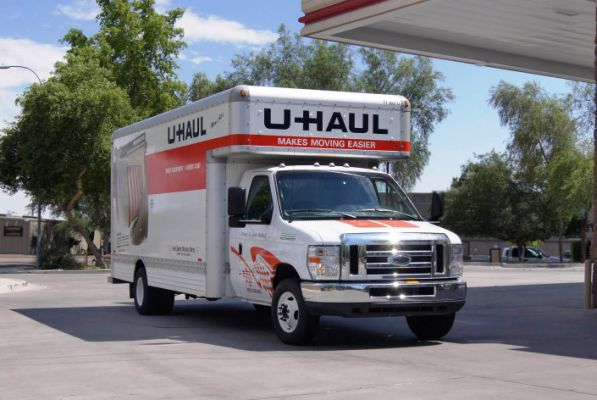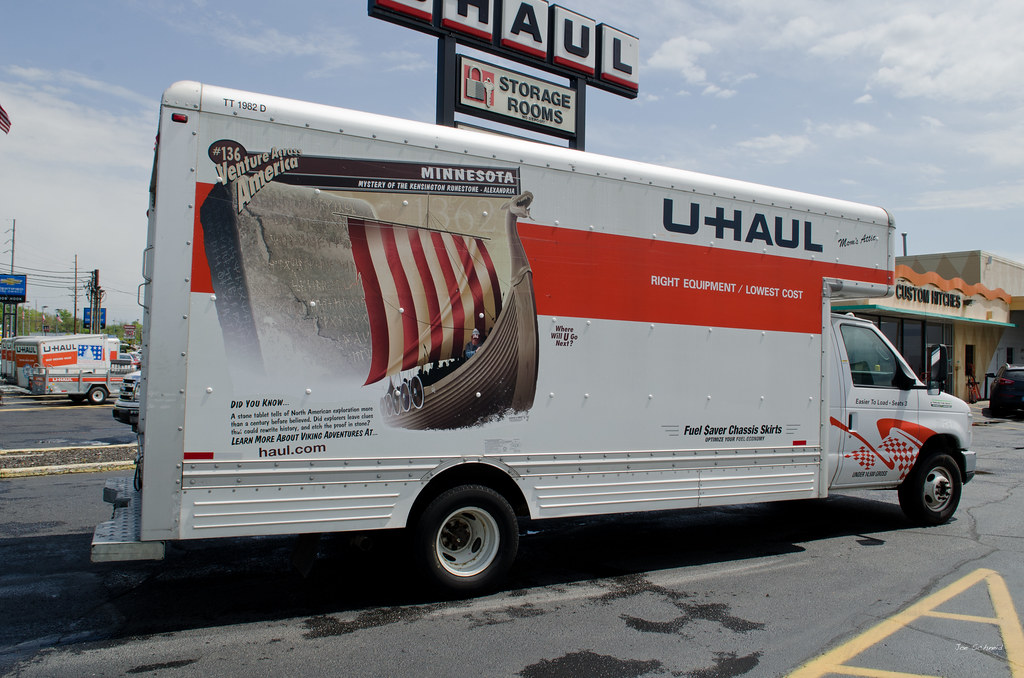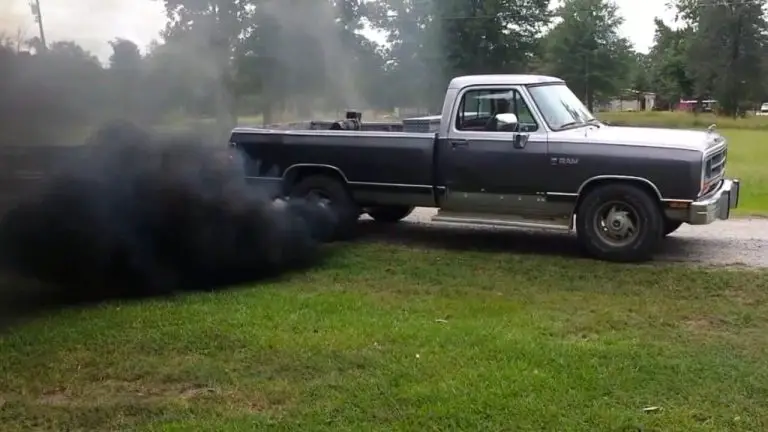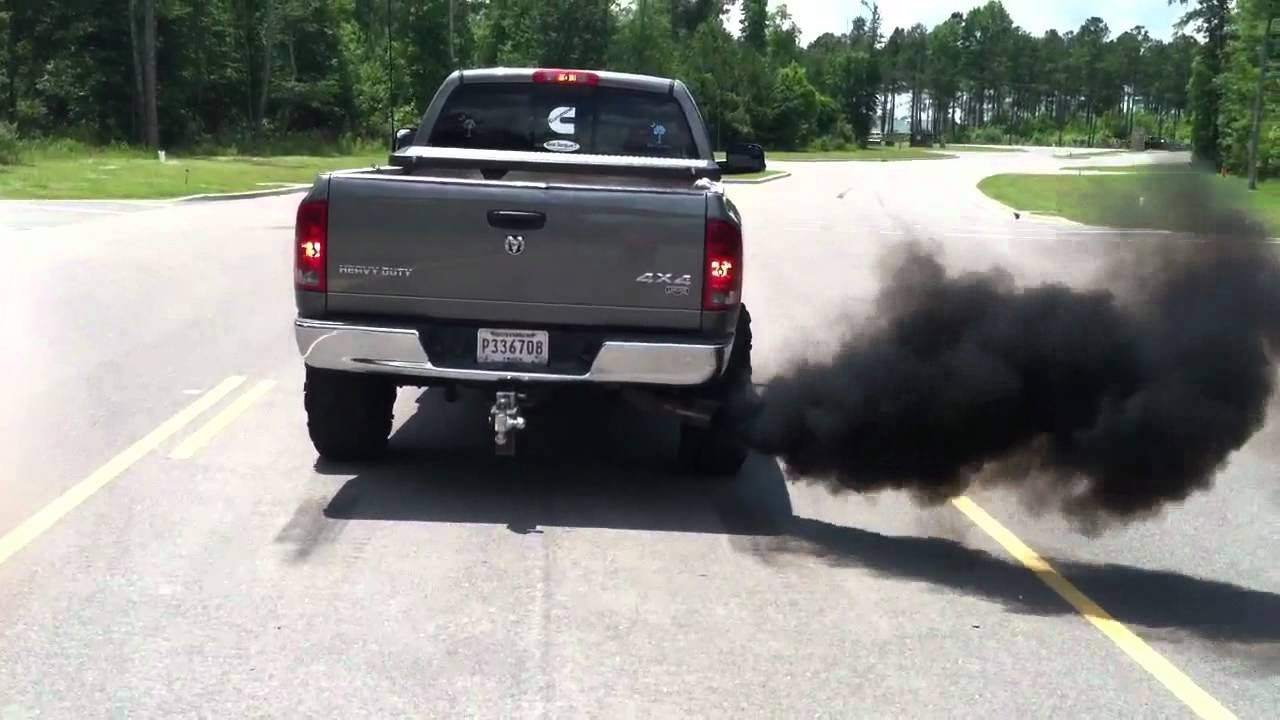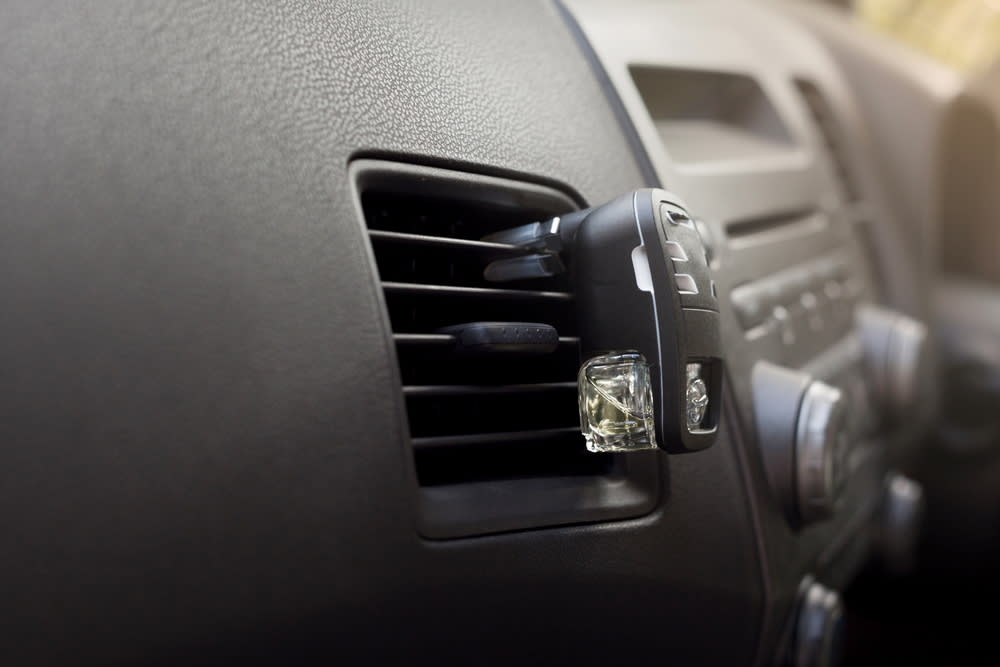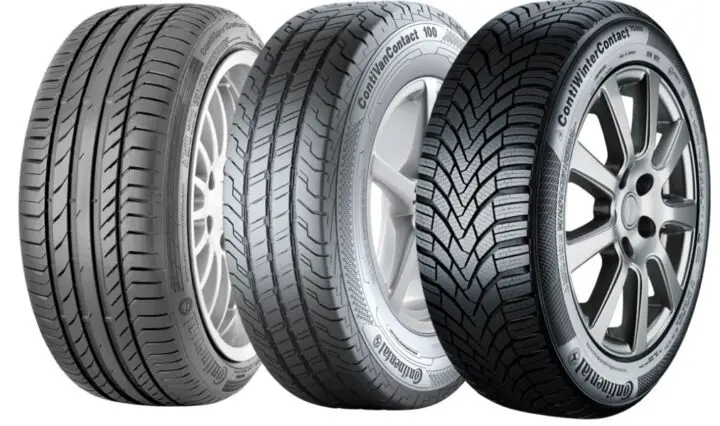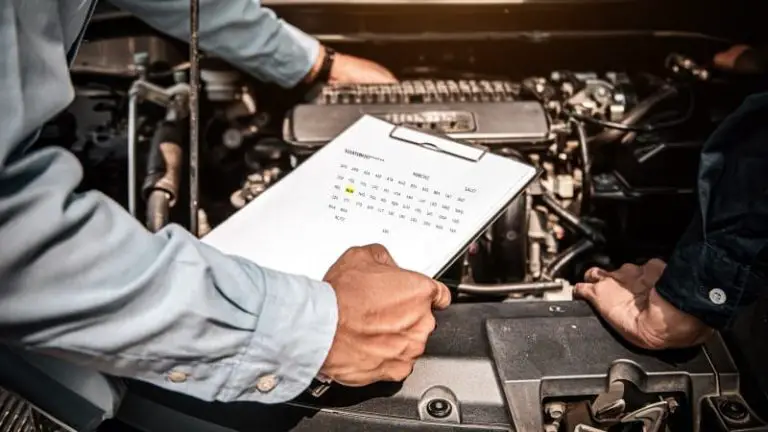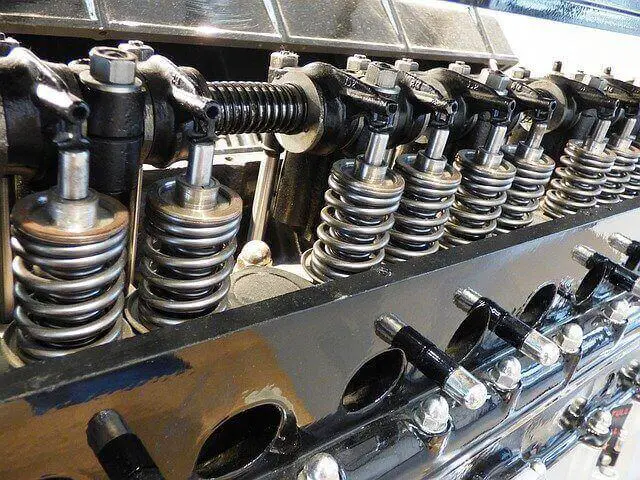Markers on your car windscreen can be a significant nuisance. It makes your visibility difficult and costly in terms of a fine. So, how do you get markers off your car window? Don’t worry, there are several easy and effective methods to remove them. Whether it’s from a mischievous child or accidental contact, these stains can often be tackled with simple household items. Here are some tips to help you get rid of marker stains from your car window effortlessly.
How to Get Marker off Car Window

Here are some tips you can follow one of them:
- Window Cleaner Spray
- Solvent Chemical
- Vinegar and Soap:
- Baking Soda
- Rubbing Alcohol
- Dry Cleaning Sponge
- Toothpaste
- WD-40
- Magic Eraser
Window Cleaner Spray
If you have kids, you know how to be disappointed when they draw on your car windows with a marker. You can’t just spray window cleaner on the glass and wipe it off because the homemade solution will smear the quality and make it worse. Car manufacturers aren’t covering it under warranty, either, because they warn you that the chemicals in a window cleaner can harm the glass.
Solvent Chemical
The car may be hard to clean, but you can make it shine better than ever with a bit of know-how. To remove the marker from the car windows, use a solvent such as Windex or an alcohol-based cleaner. Other solvents such as acetone and gasoline can be dangerous and should not be used. The marker will react differently with various solvents, so it is essential to try out different alternatives to find what works best for your specific situation.
Vinegar and Soap:
- Get a bowl and add a cup of water, a tablespoon of vinegar, and a teaspoon of dish soap.
- Mix these ingredients, and then, using a sponge, wipe the mixture onto the stained area.
- Use a clean, damp sponge to remove the mix from the site.
- Wait a few minutes and then finish cleaning with a clean, wet sponge.
- Try this method (as well as others) out.
Baking Soda
If you’re in a bind and desire to remove a drawing or write from a car window, there’s a simple way to do it that doesn’t require expensive products. This method is popular because baking soda is naturally abrasive, and soap is a cleansing agent that helps remove any unwanted marks.
- Mix one tablespoon of hand soap with 1 gallon of water. Use warm water instead of cold.
- Submerge the cloth in the solution and rub the spots on the car in a circular motion.
- Rinse with plain water to avoid soap buildup.
This method is simple. You can leave the car in the sun to dry it after cleaning if you have time.
Rubbing Alcohol
Rubbing alcohol is the most common way to remove permanent markers from a car window. First, you need to get rubbing alcohol, a microfiber cloth, a towel, and a toothbrush. Pour some rubbing alcohol on the towel and then place it on the marker on the car window.
Use the toothbrush to scrub the feature off. If this doesn’t work, you have to fill the car window with rubbing alcohol and then use one towel to clean it out and another to clean the alcohol off.
Dry Cleaning Sponge
To properly remove marker from a car window, you need to use the following steps:
- Take a dry cleaning sponge or a rag, put some rubbing alcohol on it, and apply it to the marker on the window.
- Dab the marker with the sponge until it is gone and clean the window.
- Use a clean rag and some water to wipe up the alcohol on the window, and then rinse the ragout with water.
- Let the window air dry!
Toothpaste
Believe it or not, toothpaste can also be used to remove marker stains from car windows. Apply a small amount of non-gel toothpaste directly onto the stain and gently rub it in using a cloth or sponge. The abrasive nature of the toothpaste helps lift the ink from the surface of the glass. Rinse the area thoroughly with water and repeat the process, if necessary, until the stain disappears.
WD-40
WD-40 is not just for lubricating squeaky hinges; it can also be used as a cleaner and stain remover. Spray a small amount of WD-40 directly onto the marker stain and let it sit for a few minutes to penetrate the ink. Then, use a clean cloth to wipe away the stain. Be sure to clean the area with soap and water afterward to remove any residue.
Magic Eraser
Magic Erasers are handy tools for removing stubborn stains from various surfaces, including car windows. Simply wet the Magic Eraser and gently scrub the stained area in a circular motion. The abrasive foam will help lift the ink without damaging the glass. Once the stain is gone, rinse the area with water and dry it with a clean cloth.
Some Other Questions In Your Mind!
How to remove writing from car windows?
- Apply rubbing alcohol or vinegar solution on the writing.
- Let it sit for a few minutes.
- Gently scrub the area with a clean cloth.
- Rinse with water and dry thoroughly.
How to get a marker off the windshield?
- Use rubbing alcohol or a Magic Eraser.
- Apply onto the marker stain.
- Gently scrub until the stain fades.
- Rinse with water and dry.
How to get dealership writing off the windshield?
- Apply rubbing alcohol or a vinegar-water mix.
- Let it sit for a few minutes to dissolve the writing.
- Wipe clean with a cloth.
How to get two markers off the window?
- Use rubbing alcohol or WD-40.
- Apply onto the marker stain.
- Let it sit for a few minutes.
- Wipe away with a clean cloth.
How to get Sharpie off the car window?
- Apply rubbing alcohol or toothpaste onto the Sharpie stain.
- Gently scrub with a cloth until it fades.
- Rinse with water and dry thoroughly.
How to remove a white marker from a car window?
- Apply rubbing alcohol or a vinegar solution onto the white marker stain.
- Gently scrub with a clean cloth.
- Rinse and repeat if necessary.
My Opinion
It is essential to be careful when using a permanent marker or writing on your car window if it is not intended for that purpose. One of the most common ways to get the tag off a car window is rubbing alcohol and a paper towel. Be sure to find out what safe materials you should use to avoid problems, and always keep your paint thinner in hand in case of emergencies.

